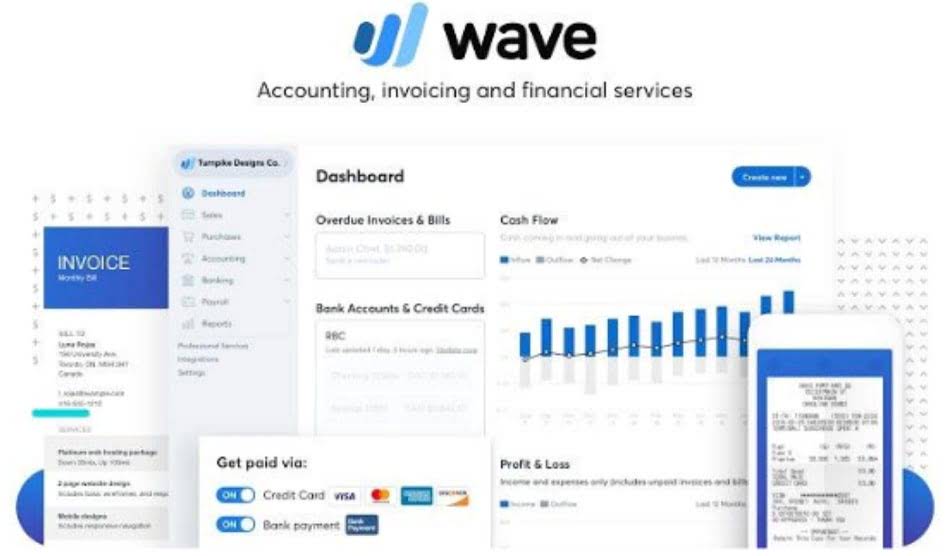
A higher current ratio implies a stronger liquidity position, indicating a company’s ability to meet short-term obligations without relying heavily on external financing. Working Capital is the difference between current assets and current liabilities. A business’ liquidity is determined by the level of cash, marketable securities, Accounts Receivable, and other liquid assets that are easily converted into cash. The more liquid a company’s balance sheet is, the greater its Working Capital (and therefore its ability to maneuver in times of crisis).
Your current liabilities (also called short-term obligations or short-term debt) are:
Current assets refer to cash and other resources that can be converted Bookstime into cash in the short-term (within 1 year or the company’s normal operating cycle, whichever is longer). This is because it could mean that the company maintains an excessive cash balance or has over-invested in receivables and inventories. By contrast, in the case of Company Y, 75% of the current assets are made up of these two liquid resources.
What is your risk tolerance?
Since Walmart’s inventory is significant, it would make more sense to compare Walmart to other major retailers using the quick ratio rather than the current ratio. Google has a sufficient amount of current assets to cover its current liabilities. At over 2.0, this would be considered a good current ratio in most industries.

How We Make Money

The current ratio is retained earnings calculated as the current assets of Colgate divided by the current liability of Colgate. For example, in 2011, Current Assets were $4,402 million, and Current Liability was $3,716 million. On the flip side, if the current ratio falls below 1, it could be a red flag. This indicates that the company might not have enough short-term assets to settle its debts as they come due. This could lead to liquidity problems, which might require the company to borrow more or sell assets at unfavorable terms just to keep the lights on. A high current ratio can signal that a company is not taking advantage of investment opportunities or paying off its debts promptly.
Learn At Your Own Pace With Our Free Courses
A higher current ratio indicates strong solvency position of the entity in question and is, therefore, considered better. A current ratio of less than 1.00 may seem alarming, but a single ratio doesn’t always offer a complete picture of a company’s finances. A low figure might indicate potential liquidity issues, while a very high number could mean that the company is too conservative with its Cash and other assets.
What is the approximate value of your cash savings and other investments?
- The current ratio measures a company’s ability to meet short-term obligations.
- A current ratio that is in line with the industry average or slightly higher is generally considered acceptable.
- The current ratio is a liquidity measurement used to track how well a company may be able to meet its short-term debt obligations.
- For example, a company with a high proportion of current liquid assets, such as cash and marketable securities, may have higher liquidity than a company with a high proportion of inventory.
- Analyzing the quality of a company’s current assets can provide insights into its liquidity.
Companies may need to maintain higher levels of current assets in industries more sensitive to economic conditions to ensure they can weather economic downturns. The regulatory environment in the industry can affect a company’s current ratio. Companies in heavily regulated industries may need to maintain higher current assets to meet regulatory requirements.
- However, special circumstances can affect the meaningfulness of the current ratio.
- Some industries, such as retail, may have higher current ratios due to their high inventory levels.
- Current assets listed on a company’s balance sheet include cash, accounts receivable, inventory, and other current assets (OCA) that are expected to be liquidated or turned into cash in less than one year.
- Current assets are those that can be converted into cash within one year, while current liabilities are obligations expected to be paid within one year.
- The current ratio shows a company’s ability to meet its short-term obligations.
- If a company has a current ratio of 100% or above, this means that it has positive working capital.
If the current ratio computation results in an amount greater than 1, it means that the company has adequate current assets to settle its current liabilities. In the above example, XYZ Company has current assets 2.32 times larger than current liabilities. In other words, for every $1 of current liability, the company has $2.32 of current assets available to pay for it. In other words, it is defined as the total current assets divided by the total current liabilities.

How to calculate the current ratio
It is especially bad because Walmart is a major retailer with most of its current assets tied up in inventory. If you were to look at its quick ratio, it would be even lower– shown below for comparison’s sake. The current ratio, which is also called the working capital ratio, compares the assets a company can convert into cash within a year with the liabilities it must pay off within a year. It is one of a few liquidity ratios—including the quick ratio, or acid test, and the cash ratio—that measure a company’s capacity to use cash to meet its short-term needs. GAAP requires that companies separate current and long-term assets and liabilities on the balance sheet.
A current ratio of less than 1 means the company may run out of money within the year unless it can increase its cash flow or obtain more capital from investors. A company with a high current ratio has no short-term liquidity concerns, but its investors may complain the current ratio equals that it is hoarding cash rather than paying dividends or reinvesting the money in the business. Because inventory levels vary widely across industries, in theory, this ratio should give us a better reading of a company’s liquidity than the current ratio.



